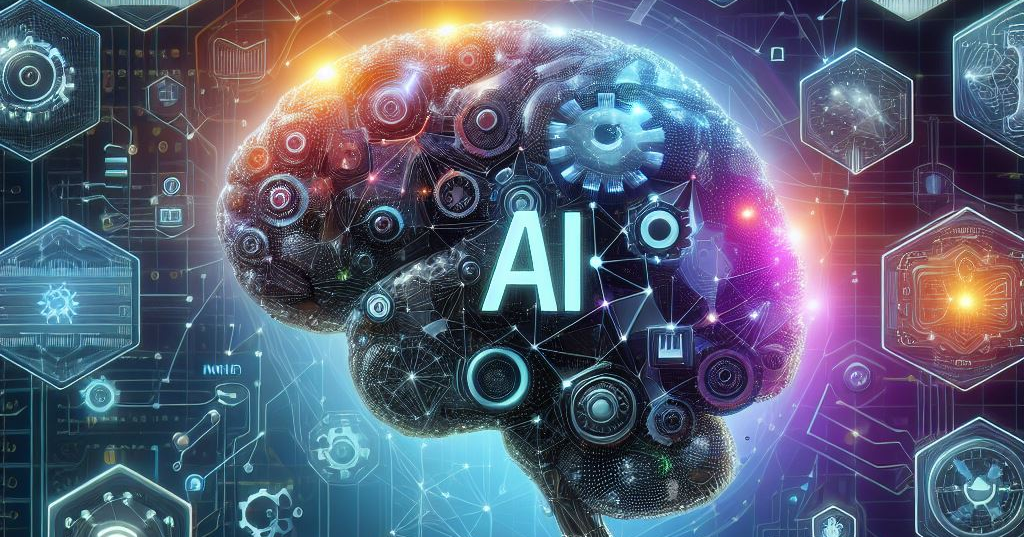Artificial Intelligence (AI)
Al is the simulation of human intelligence in machines that are programmed to think and mimic human actions, like learning & problem-solving.
Generative AI
Al systems capable of creating new content, such as images, text, or music, based on patterns learned from existing data.
Machine Learning (ML)
Is a subset of Al where computers learn to recognize patterns and make decisions based on data, without being explicitly programmed.
Large Language Models (LLM)
Advanced Al models that can understand and generate human-like text, trained on vast amounts of text data to produce coherent and contextually relevant responses.
Artificial Neural Network (ANN)
A computational model inspired by the human brain that processes information through interconnected nodes (neurons), allowing machines to learn from data.
Natural language processing (NLP)
NLP focuses on the interaction between by understanding, interpreting, and generating human language meaningfully and contextually relevantly.
Copilots
Al tools or systems that assist developers in writing code by providing suggestions, auto completions, and other helpful features based on patterns and knowledge learned from vast code repositories.
Responsible Al
Ethical and thoughtful development and use of Al systems with fairness, transparency, privacy, and societal impact to ensure that Al benefits society while minimizing potential harms.
Hallucination
In Artificial lntelligence, hallucination refers to a mistake or misleading results made by a model where it generates incorrect or nonsensical outputs that do not align with reality or the intended task.
Plugins
Software components or modules that can be added to existing programs or systems to extend their functionality, allowing for customization without altering the core software.
Token
In NLP, a token represents a distinct unit of text that NLP models use to understand and process language. This unit could be a word, a punctuation mark, a number, or even a sub-word.
Prompts
Mode of interaction between a human and a large language model that lets the model generate the intended output. This interaction can be a question, text, code snippets or examples.




